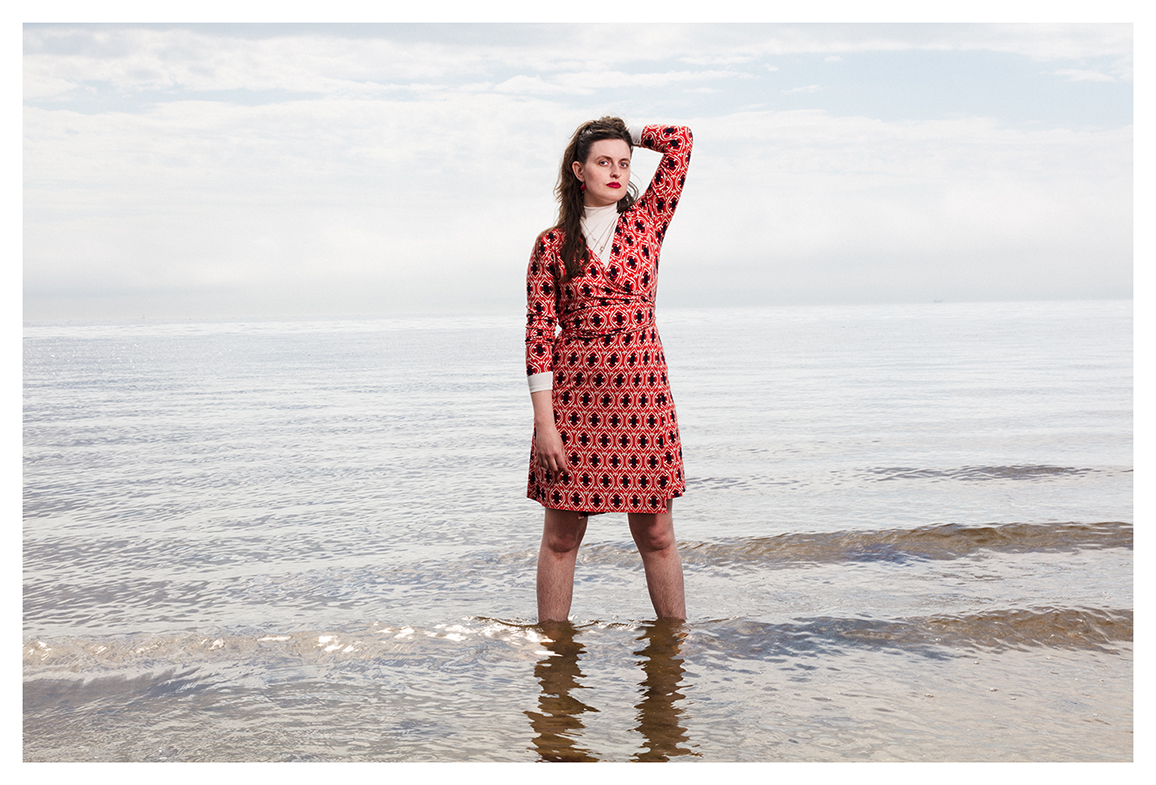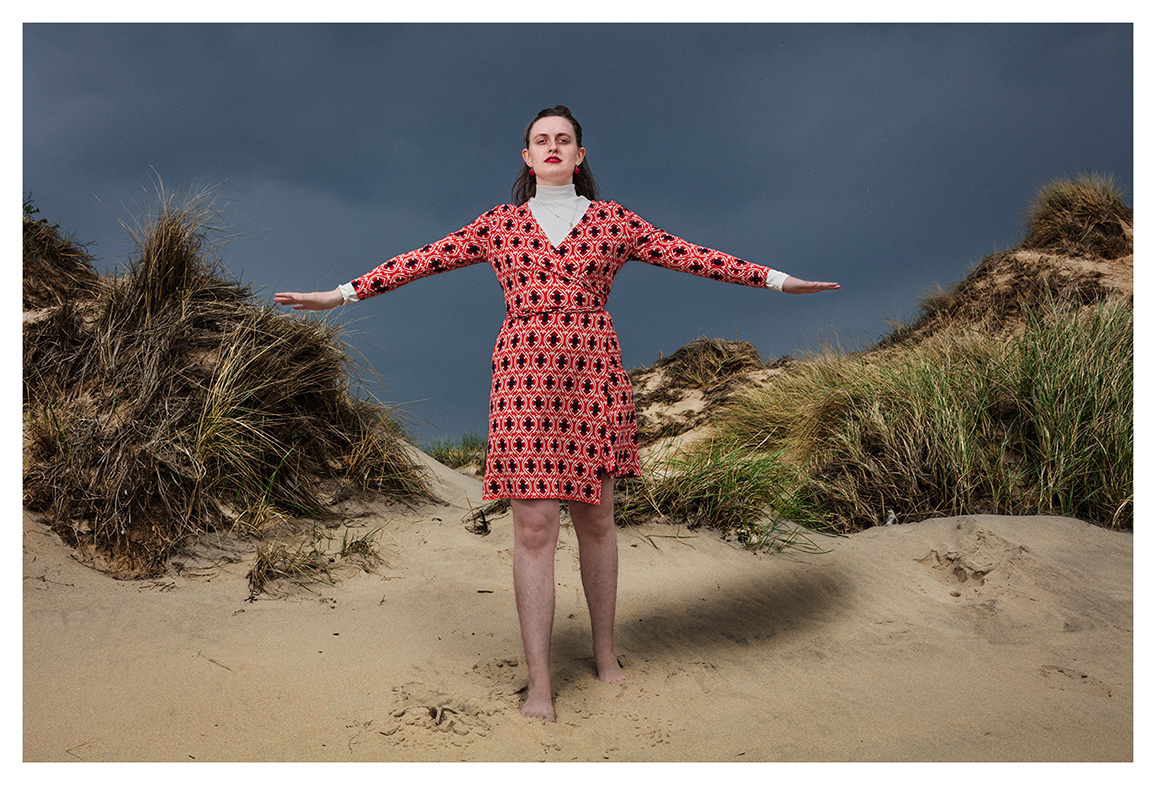DGE

“The most important thing is to start. To dare to begin the work. Spend time understanding SimaPro to be able to use the enormous potential it has. It’s a playful tool that really allows for deep diving.”
Miljögiraff reached out to Helena Lindh at DGE to talk about the life cycle perspective and working with SimaPro. We got to hear her best tips for working with these issues. DGE is a consultancy firm in the field of sustainability. They have been using SimaPro since 2018.
In what way does DGE work with a life cycle perspective and SimaPro?
In Helena’s area of Sustainable and Circular practices, SimaPro is used as a tool to assist clients with the life cycle perspective. For example, to explain why it’s important to view things from a broader perspective than just one’s own operation, but also to highlight the competitive advantages of adopting a life cycle perspective.
DGE utilizes SimaPro both internally in their environmental efforts and in work with clients. With SimaPro, everything from estimations and rough sorting to more detailed analyses is performed, which in turn is used to direct focus towards actions and to shape strategies. DGE primarily uses SimaPro to conduct Life Cycle Assessments and Environmental Product Declarations.
What is the most important aspect of working with the life cycle perspective?

The most important thing is to start!
Sometimes, there can be uncertainty among some about how to express and communicate the life cycle perspective to their clients, as there may be a feeling of not having full control over the life cycle perspective. With the help of SimaPro, one can develop materials that demonstrate what the client can communicate. It’s also possible to show that it doesn’t need to be so advanced, detailed, or large but one can start with broad strokes and general data to sort out the important aspects.
It’s crucial to get the client to elevate their perspective from their own operations, which they are often good at optimizing, to the rest of the life cycle, such as to suppliers. By not making it too complicated in the beginning, asking the right questions regarding data, and making estimates where needed, one can give the client an initial picture from a life cycle perspective. This often leads to the best “Aha moments.” After that, the motivation to dig deeper increases, and then you’re already underway.
What has been the biggest challenges working from a life cycle perspective?
The biggest challenge with working from a life cycle perspective is that it’s never complete. This is also where the appeal lies in working with a life cycle perspective, as it is iterative work and there’s always room for improvement.
When conducting an LCA, one must accept that they are creating a model of reality and need to make certain assumptions. The important thing is to find a way to work forward from the results to achieve improvement.
Do you have any tips for others that could help them get started or further develop their work with the life cycle perspective and the SimaPro tool?
Start! Dare! Give it time!
The most important thing is to start. To dare to get going with the work. Spend time understanding SimaPro to be able to utilize the immense potential it holds. It’s a playful tool that really allows for deep diving into details.
One could say that SimaPro is like clay that’s very malleable, and you can do pretty much whatever you want with it. You can build your own methods with your own factors, but also input your own processes entirely from scratch with specific data. Some similar software programs are more like building with Lego, where you have pre-shaped pieces. However, if you “just want Lego,” that option is also available in SimaPro.
Use others who work in SimaPro to bounce ideas and thoughts off of. My colleague and I often assist each other when we work. Another tip is to use support from Miljögiraff when needed. In the beginning, more help was required, and it was beneficial to be able to take a course in SimaPro.
Has the use of SimaPro advanced environmental issues? In what way?
SimaPro is used as a powerful tool in DGE’s work with environmental issues. It facilitates the work and increases measurability. It can be used at different levels, and one can start with rough calculations or models and then delve into more detail and customize data. Increased measurability leads to greater motivation and more focused work in the right place. Numbers can have a significant impact and lead to changes that might not otherwise be implemented.
